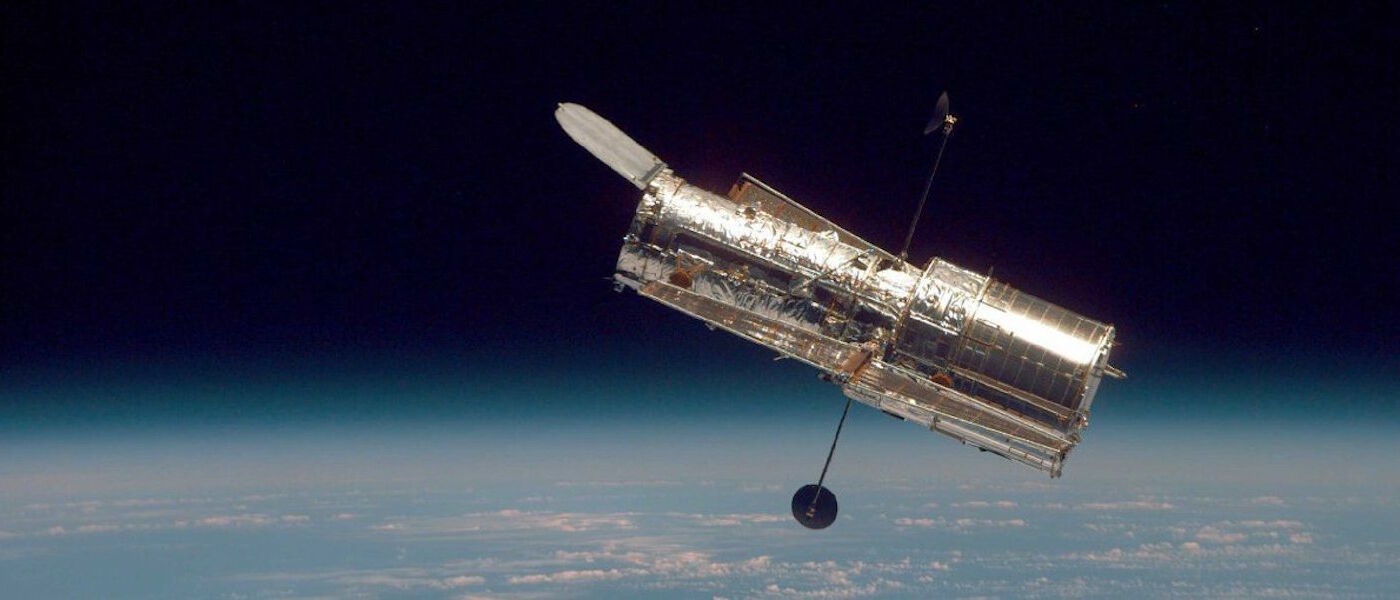Here's what happens when the Hubble Space Telescope stops working

Even the most well-known space missions can malfunction every so often.
Earlier this month, one of the gyroscopes on the Hubble Space Telescope went into failure. For the next two weeks, the Hubble operations team sent commands to the telescope to try and solve the issue. Currently, Hubble is back on track to operating normally.
It may seem that the simple solution to a malfunctioning part is to replace it. However, the Hubble telescope is not very easy to get to. Hubble orbits Earth at a distance of 340 miles, at a speed of about 17,000 miles per hour. It is possible for astronauts to get there; all six of the gyroscopes on the telescope were replaced by astronauts in 2009. It's expensive, difficult, and dangerous to do this often, though. Instead, ground-based scientists can send controls to Hubble to try and solve any issues.
Why does Hubble need gyroscopes? The telescope has no thrusters to change directions – it uses gyroscopes. Gyroscopes work by using Newton's Third Law of Motion: for every action there is an equal and opposite reaction.
The gyroscopes on Hubble are wheel-shaped, floating in a liquid-filled cylinder turning at a constant rate or 19,200 revolutions per minute. When the telescope needs to change directions, the wheels spin in opposite directions. This causes the telescope to turn in space, about as fast as a minute hand on a clock.
But this month, the third of six gyroscopes stopped working. The Hubble team attempted to turn on a backup gyroscope, but this had not been used for more than 7 years. After a few weeks of restarting the scope, the team sent a string of commands to turn the telescope in opposite directions many times to try and clear out any blockages.Luckily, this seems to have worked! There will be more tests to make sure the gyroscope can continue to perform as needed, but for now, it seems to be on the right track.
Interested in more space news stories like this one? Experience our all-live planetarium show, "Wonders of the Night Sky," playing daily in the Jennifer Chalsty Planetarium, the biggest planetarium in the Western Hemisphere. A portion is always set aside for breaking space news stories. Click here to see a full list of our planetarium shows.
